In today’s diverse culinary landscape, maintaining a kitchen that caters to special diets can be both a challenge and a creative opportunity. Whether you’re navigating gluten-free recipes, managing a vegan lifestyle, or accommodating food allergies, organizing your kitchen thoughtfully is key to making meal preparation smooth and stress-free. This article explores practical and innovative kitchen organization tips designed to streamline your cooking experience while honoring the unique needs of special diets. From smart storage solutions to strategic labeling, discover how a well-arranged kitchen can become your best ally in maintaining health, variety, and simplicity on your plate.
Table of Contents
- Creating Dedicated Zones for Dietary Ingredients
- Optimizing Storage Solutions for Allergy Safety
- Labeling and Color Coding for Easy Identification
- Streamlining Meal Prep with Specialty Tools
- Maintaining Cleanliness to Prevent Cross-Contamination
- Q&A
- To Conclude

Creating Dedicated Zones for Dietary Ingredients
To maintain clarity and avoid cross-contamination, it’s essential to carve out specific areas within your kitchen dedicated solely to particular dietary ingredients. Whether it’s gluten-free grains, nut-free snacks, or vegan staples, having these zones clearly designated simplifies meal preparation and keeps allergens separate. Equip these areas with distinct containers and labels to enhance identification and reduce confusion at a glance. Consider using color-coded bins or shelf liners that correspond to each diet type—this visual cue transforms organization from a chore into an intuitive habit.
Incorporating a simple yet strategic layout can transform your kitchen efficiency. For example, group all baking ingredients for special diets such as almond flour, coconut sugar, and flaxseeds in one cabinet, while placing all dairy-free substitutes like plant-based milks, cheeses, and yogurts in another. Here’s a quick reference guide to help plan your zones effectively:
| Zone | Sample Ingredients | Labels & Containers |
|---|---|---|
| Gluten-Free | Rice flour, tapioca starch, quinoa | Clear jars, green labels |
| Nut-Free | Sunflower seed butter, oat snacks | Opaque bins, red labels |
| Dairy-Free | Coconut milk, almond yogurt | Airtight containers, blue labels |
- Keep dedicated utensils near each zone to avoid accidental ingredient mixing.
- Regularly review and restock these zones to keep everything fresh and accessible.
- Use waterproof labels for longevity and ease of cleaning.
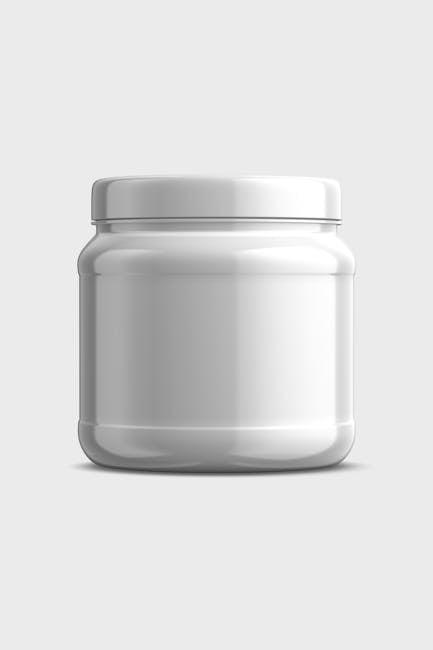
Optimizing Storage Solutions for Allergy Safety
Creating a safe environment for allergy-sensitive diets starts with dedicated storage spaces. Allocate separate shelves or cabinets specifically for allergen-free ingredients to prevent cross-contamination. Use clear, airtight containers labeled with bold, easy-to-read tags to keep foods visible and organized. Consider color-coded bins or containers to quickly identify allergen-free zones versus allergen-containing items—this visual system reduces costly mix-ups and builds confidence in kitchen safety.
Incorporating smart storage solutions enhances both safety and efficiency. For example, use vertical storage racks to maximize limited cabinet space, allowing easy segregation of allergy-safe products. Transparent stackable containers not only save space but also protect contents from exposure to airborne allergens and moisture. Below is a quick reference table to help you organize your pantry optimally:
| Storage Type | Recommended Use | Labeling Tip |
|---|---|---|
| Airtight Containers | Flours, spices, nuts | Use bold allergen-free icons |
| Color-Coded Bins | Dry goods and baking supplies | Assign unique colors per diet |
| Vertical Racks | Canned and boxed items | Label front-facing edges |

Labeling and Color Coding for Easy Identification
Maintaining a clear and efficient system is essential when managing multiple dietary needs in one kitchen. Start by creating a color-coded scheme that immediately signals the type of food or dietary category. For example, use blue labels for gluten-free items, green for vegan, and orange for nut-free products. This not only speeds up meal prep but also reduces the risk of cross-contamination by clearly distinguishing what belongs where. Investing in durable, waterproof labels and matching colored containers or lids further strengthens this visual organization, making everything instantly recognizable at a glance.
In addition to colors, adding clear, concise text labels complements the system by specifying expiration dates, ingredient highlights, or allergen warnings. Consider implementing the following labeling tips to keep your kitchen streamlined:
- Use consistent fonts and sizes for easy reading from a distance.
- Include symbols or icons for quick identification, especially useful for kids or guests.
- Regularly update labels to avoid confusion and food waste.
| Color | Dietary Use | Example Items |
|---|---|---|
| Blue | Gluten-Free | Rice flour, quinoa, gluten-free pasta |
| Green | Vegan | Plant milks, tofu, beans |
| Orange | Nut-Free | Sunflower seed butter, cornflakes |
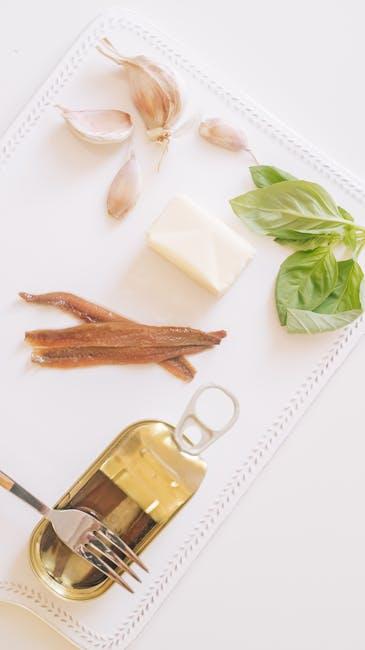
Streamlining Meal Prep with Specialty Tools
Incorporating specialty kitchen tools can transform the way you approach meal preparation, especially when managing special diets. Devices like spiralizers, mandolins, and digital food scales not only save time but help maintain consistency, ensuring that every meal aligns with your dietary requirements. For example, a juicer designed for low-sugar fruits or a gluten-free bread maker can give you greater control over ingredients while adding variety and convenience to your routine.
Essential tools to consider:
- Measuring cups and spoons calibrated for precise portions
- Non-stick silicone baking mats for easy cleanup and allergen-free cooking
- Multi-functional pressure cookers to speed up cooking without compromising nutrition
- Separate cutting boards color-coded to prevent cross-contamination
| Tool | Benefit | Ideal For |
|---|---|---|
| Digital Food Scale | Precise portion control | Low-carb, keto |
| Spiralizer | Creates vegetable noodles | Gluten-free, vegan |
| Pressure Cooker | Fast, nutrient retention | Low-sodium, paleo |
| Color-coded Boards | Prevents allergen cross-contamination | Allergen-free diets |
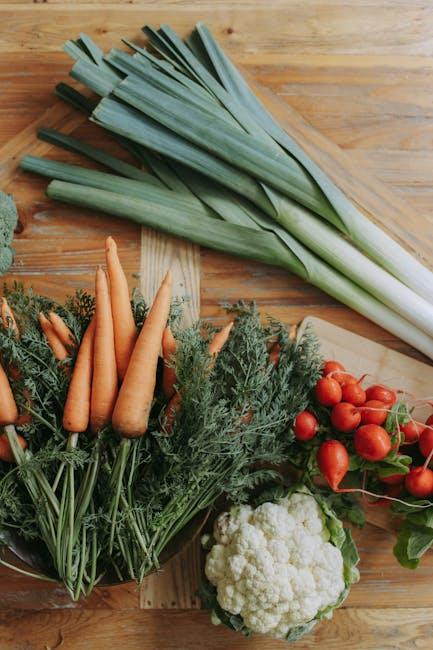
Maintaining Cleanliness to Prevent Cross-Contamination
Keeping your kitchen spotless is crucial when catering to special diets, especially to avoid accidental cross-contamination. This involves more than just washing surfaces; it means dedicating certain utensils, cutting boards, and storage containers to specific food types. For example, if someone in your household follows a gluten-free diet, using separate sets for gluten-free and gluten-containing foods can seamlessly prevent allergens from mixing. Implementing color-coded tools and labels can also visually reinforce the separation, making it easier for everyone to follow.
Regular cleaning routines are equally important and should be systematic and thorough. Here are some practical tips to maintain hygiene and keep cross-contamination at bay:
- Disinfect countertops immediately after prepping foods that might cause allergies.
- Wash hands thoroughly before and after handling different foods.
- Use dishcloths and sponges designated for specific tasks and replace them frequently.
- Store raw and cooked foods separately to avoid any drip contamination.
| Cleaning Activity | Frequency | Special Notes |
|---|---|---|
| Sanitizing cutting boards | After each use | Use bleach solution for plastic boards |
| Wiping down countertops | Before and after meal prep | Focus on allergen-prone areas |
| Replacing kitchen sponges | Weekly | Microwave damp sponges to disinfect daily |
Q&A
Q&A: Kitchen Organization Tips for Special Diets
Q1: Why is kitchen organization especially important for people with special diets?
A1: Special diets often involve strict ingredient restrictions and careful meal planning, making it essential to maintain an organized kitchen. When ingredients are easy to find and contamination is minimized, meal prep becomes safer, quicker, and more enjoyable.
Q2: How can I prevent cross-contamination in a shared kitchen if I follow a special diet?
A2: Designate separate storage areas, utensils, and prep surfaces for your specific dietary needs. Use clear, labeled containers and consider color-coded cutting boards or knives to differentiate between diet-compliant and non-compliant foods. Regularly clean and sanitize shared spaces to reduce risks.
Q3: What’s a practical way to organize pantry staples for a gluten-free or allergen-sensitive diet?
A3: Use transparent, airtight containers labeled with ingredient names and expiration dates to store gluten-free flours, grains, and snacks separately from regular pantry items. Group similar items together—like all gluten-free baking supplies in one section—to streamline shopping and cooking.
Q4: Any tips for managing fresh produce when adhering to a special diet?
A4: Keep fresh produce in designated drawers or baskets labeled by type or meal plan (e.g., low-FODMAP veggies vs. general produce). Rotate stocks to use older items first, reducing waste. If your diet requires specific fruits or veggies, try portioning them in prep containers for grab-and-go convenience.
Q5: How can meal prepping support kitchen organization for special diets?
A5: Meal prepping lets you cook and portion meals ahead, reducing the temptation to stray from your diet. Use stackable, clearly labeled containers for each meal or snack, and keep them in an easily accessible fridge or freezer section. A weekly meal plan on your fridge can serve as a visual reminder of your dietary goals.
Q6: What should I consider when storing supplements or specialty foods for my diet?
A6: Store supplements and specialty diet products in labeled bins or small baskets on a dedicated shelf or cupboard. Keep them away from high-heat or humid areas to preserve potency. Group similar supplements together (like vitamins, protein powders, or herbal teas) to reduce clutter and simplify access.
Q7: Any advice for organizing kitchen tools for special diets like keto, vegan, or Paleo?
A7: Some diets require unique gadgets—spiralizers for veggie noodles, nut milk bags, or grain mills. Dedicate a drawer or shelf to these tools, keeping them visible and easy to grab. Regularly declutter and clean tools to maintain a hygienic, functional space.
Q8: How can I make kitchen organization sustainable and adaptable as my diet evolves?
A8: Use modular storage solutions like adjustable shelves, stackable bins, or clear containers that can be repurposed. Keep an inventory list that you update whenever you add or finish foods. This flexible system makes it easier to shift your kitchen setup as dietary needs change.
Organizing your kitchen with your special diet in mind doesn’t have to be daunting—with clear systems and intentional spaces, you can create an efficient, safe, and inspiring culinary environment tailored just for you.
To Conclude
In the dance of meal prep and mindful eating, a well-organized kitchen becomes your steadfast partner—especially when navigating special diets. By thoughtfully arranging your space, labeling ingredients, and customizing storage to fit your unique needs, you transform everyday cooking into a seamless, enjoyable experience. Remember, organization is not just about tidiness; it’s about cultivating an environment where your dietary goals can thrive effortlessly. So take these tips, adapt them to your rhythm, and let your kitchen be the canvas where health and creativity blend beautifully.
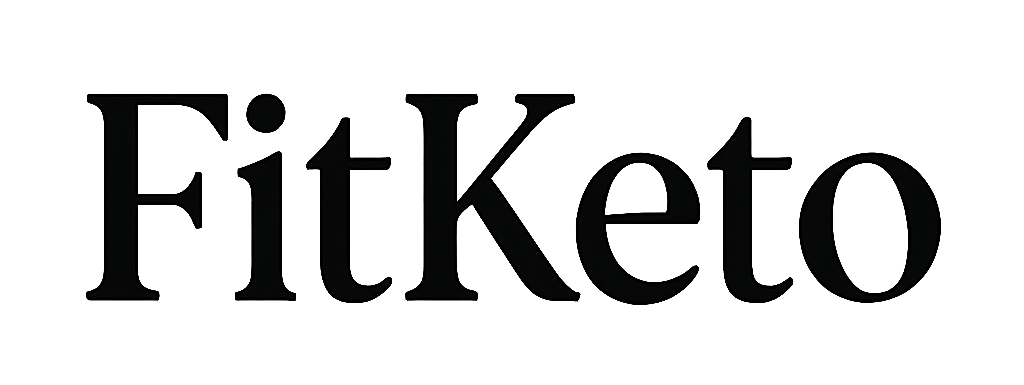






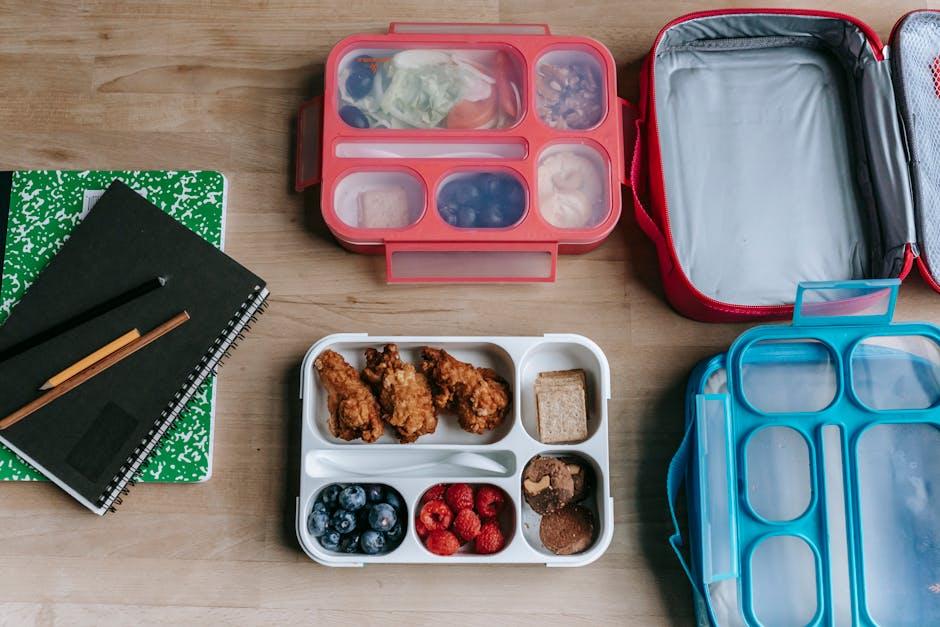
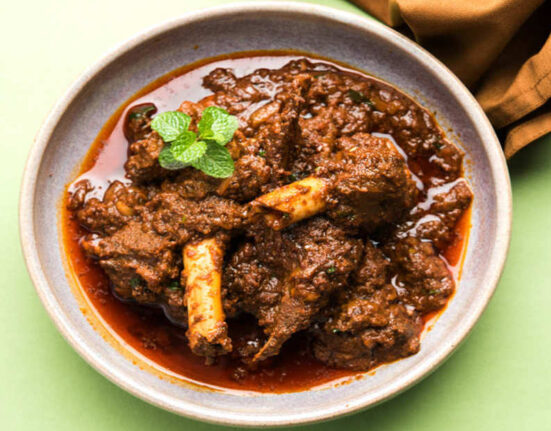

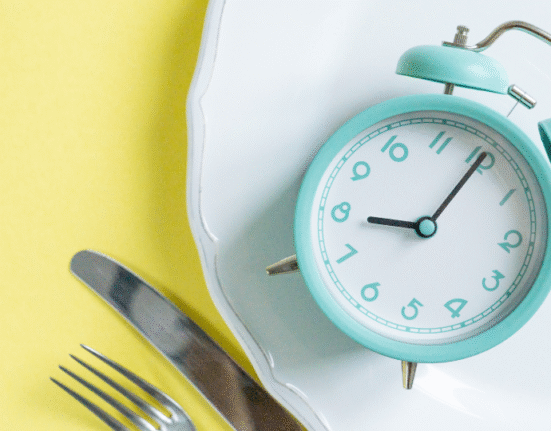


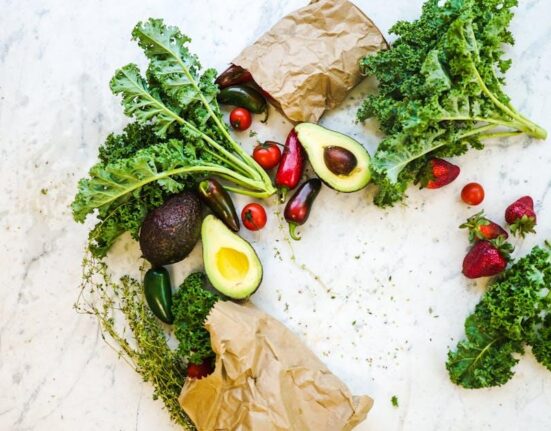
Leave feedback about this